Washing machine washing class by efficiency
 Let's start the article by remembering the grading system in our schools and other educational institutions. As you all know, we are assessed using a five-point system. However, in other countries the assessment system is completely different. In many countries, grades are given either as a percentage or as a letter. For example, in countries such as England and the USA, the alternative to our “five” is the letter “A”. And then in alphabetical order. The further away the letter, the lower the score.
Let's start the article by remembering the grading system in our schools and other educational institutions. As you all know, we are assessed using a five-point system. However, in other countries the assessment system is completely different. In many countries, grades are given either as a percentage or as a letter. For example, in countries such as England and the USA, the alternative to our “five” is the letter “A”. And then in alphabetical order. The further away the letter, the lower the score.
In the article you will learn what classes of washing, drying, spinning, and energy efficiency are. Also about the principles of all four classes. The consumer pays attention not only to the capacity of the washing machine, but also to all four classes. There are 7 washing efficiency classes in total:
- A,
- IN,
- WITH,
- D,
- E,
- F,
- G.
Each class is determined for a machine by comparing the indicator of the tested washing machine to the indicator of the reference machine, which we will talk about further below.
Now let’s figure out which washing machines receive the highest rating – “A”.
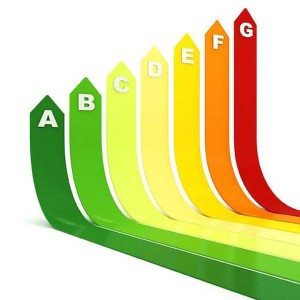 A perfectly washed item is one from which all dirt has been removed. In this case, any type of contamination from any type of fabric. Many housewives know how difficult it is sometimes to wash something; At the same time, they understand that the sooner you throw clothes in the wash, the easier it will be to wash them. If the washing machine successfully copes with its task, it is given an “A” rating. The question now is how manufacturers rate washing machines.
A perfectly washed item is one from which all dirt has been removed. In this case, any type of contamination from any type of fabric. Many housewives know how difficult it is sometimes to wash something; At the same time, they understand that the sooner you throw clothes in the wash, the easier it will be to wash them. If the washing machine successfully copes with its task, it is given an “A” rating. The question now is how manufacturers rate washing machines.
Each washing machine undergoes a test wash. For this wash, use a certified machine, a small soiled piece of fabric and washing powder (use 180 g).
For each machine, the same piece of cloth with powder. Washing lasts 60 minutes, temperature 60 degrees Celsius. And after washing, the quality of the result is tested by the machine. At the very end, the producers themselves calculate the ratio by which they obtain the table. This table shows the classification of quality ratings. Thanks to this table, as well as the testing procedure itself, the manufacturer evaluates the washing efficiency of the machine.
Some people claim that they can easily tell the difference between wash class “A” and “B”. However, this is a myth. The fact is that the difference between both classes is extremely small. Not every person with excellent vision will be able to catch it. If the machine is close to class “A”, then it cannot be said that it washes poorly. However, the difference can be seen in bedding and white clothes.
The first standard machine was created in 1995.
These machines are manufactured by authorized manufacturers. The characteristics of these machines fully comply with all European quality standards. These machines are still made using the same technology as before. But, as with all technologies, progress continues, and at a very rapid pace, so thanks to new technologies we can choose a car much more efficiently and cheaper. This is already noticeable: these days, a class “A” machine washes clothes 1.03 times better than the standard machine. So it’s better to buy washing machines of class “A” and “B” if your finances allow you. It is also possible to have class “C”, although this is not desirable, but not lower.
Now let's look at another class - energy consumption and consumption
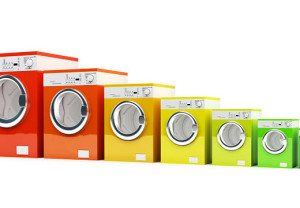 If we take average statistics, the machine works from 3 to 5 hours a week. The difference between this time is only 9 kWh/kg per year (per 1 kg).Now try multiplying it by the amount of washing you are used to. It can be noted that the quality of washing and energy consumption depends not only on the class of the washing machine.
If we take average statistics, the machine works from 3 to 5 hours a week. The difference between this time is only 9 kWh/kg per year (per 1 kg).Now try multiplying it by the amount of washing you are used to. It can be noted that the quality of washing and energy consumption depends not only on the class of the washing machine.
Here it most depends on the volume of washing. If you overload your washing machine, the quality of the wash will deteriorate and there will be a lot of energy consumption. This should also be taken into account when washing.
But still, class A washing machines are much more profitable, because they consume the least energy. And if you think logically, it becomes clear that the lower the class, the higher the energy consumption. And by the way, another class was added to indicate the norm of energy consumption - A+.
And the last thing we’ll figure out is how the machine is given a high rating based on its spin class.
Everything here is very logical and simple: initially, the manufacturer weighs the laundry before washing begins, then the laundry is washed under normal conditions. After washing, the manufacturer simply divides the mass obtained after washing by the mass that was before washing. Spin efficiency depends on the rotation speed and diameter of the machine drum. If we take an “A” class washing machine as an example, its rotation speed reaches 1500 revolutions.
If you like to dry clothes on a dryer or line, then you can safely buy a “G” class machine. In general, these machines don’t even spin clothes, they just wash them. If you still prefer drying to be short and simple, then buy a washing machine of the first three classes. Still, why waste your free time on something that a washing machine can do for you? Moreover, for a machine with a very good spin, you won’t pay that much - only a few tens of dollars.
In the article we talked about all the advantages of choosing a washing machine of class “A”, as well as “B” and “C”. We hope that the article was useful to you. This knowledge will be useful not only in choosing the right machine, but also so that you can identify class discrepancies in the washing machine, if any.
Interesting:
Reader comments
- Share your opinion - leave a comment
Categories
Washing machine repair


For buyers

For users

Dishwasher

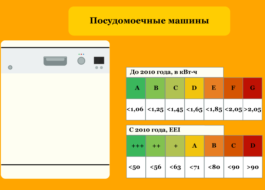
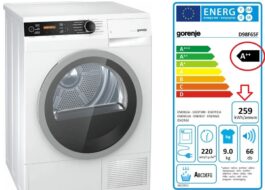
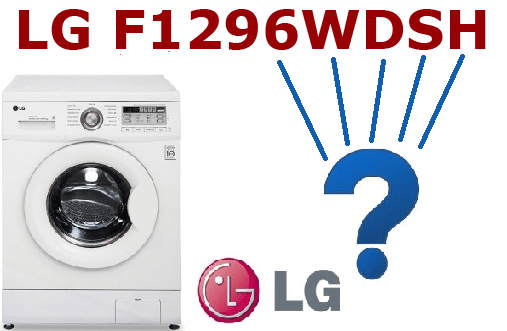
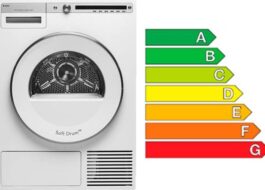
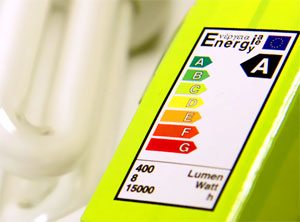
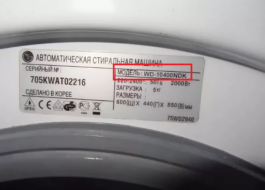










Add a comment